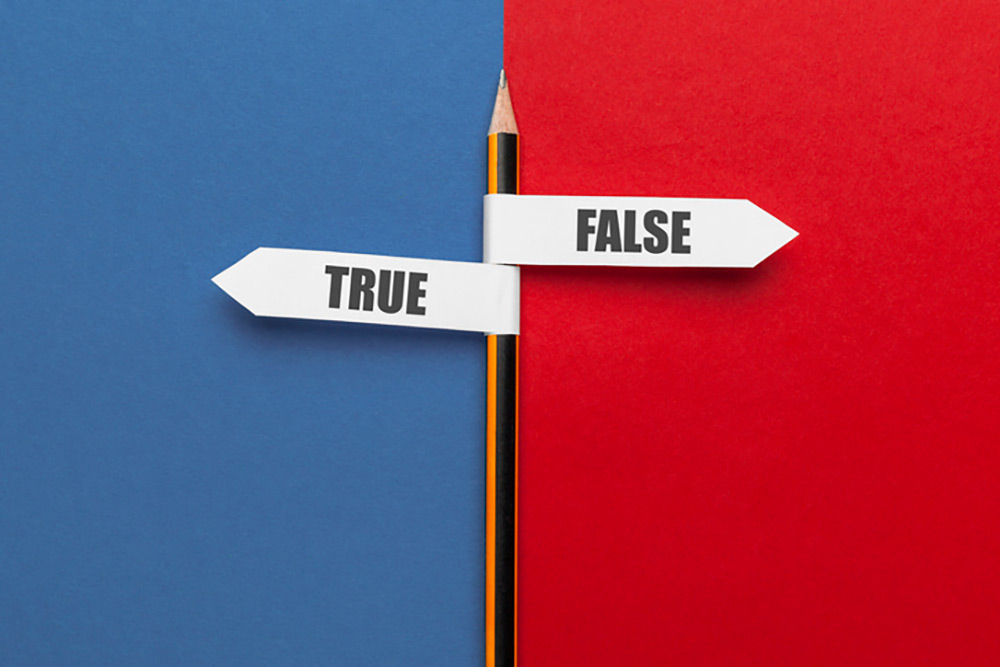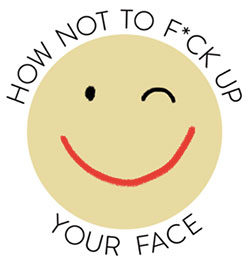By Valerie Monroe
If you’re interested in feeling happier about your appearance—especially as you age—you might like reading what she has to say about it. For more of her philosophical and practical advice, subscribe for free to How Not to F*ck Up Your Face at valeriemonroe.substack.com.
YOU MIGHT’VE thought—even wished!—our jowls talk was complete. But a curious reader wondered why dermatologist Hadley King hadn’t mentioned liposuction as a treatment, when several physicians she visited suggested exactly that. King, ever patient with “What about . . .” questions, explained: “I have more experience with Kybella than liposuction, because I don’t personally perform liposuction. That’s probably why I didn’t think to mention it.” But there’s more.
Kybella treatments dissolve fat through injections of deoxycholic acid, while liposuction literally vacuums fat out of an area through a cannula. “I agree liposuction could be a good option for the right patient,” said King. “When I discuss options for submental [below the chin] fat, I include various devices, Kybella, and liposuction. I tell patients liposuction will be the most definitive treatment—and the only option that should be one and done, particularly if there’s a significant amount of fat.” Usually, internal scarring from the procedure also creates sufficient collagen to tighten the skin. But, King added, “I would recommend a highly skilled dermatologic or plastic surgeon for this, because the risks include asymmetry and lumpiness, as with liposuction in any area. You also don’t want to remove too much fat, or fat that’s located more in the cheek. We generally want that buccal fat as we age.”
I hope Dr. King has now stanched the gush of curiosity about jowling so we can wrap it up and discuss other puzzling topics. How about skincare myths?
One reason I like the Instagram videos of New York City plastic surgeon Gerald Imber, MD, is that he’s down-to-earth and honest about the effectiveness of various skincare treatments and in-office procedures. I also find it somewhat endearing that his face shows no evidence of aesthetic intervention. That’d be annoying if he were presenting treatments and surgery as a desired option, but he’s not. His matter-of-factness comes across as reasonable, even calming.
Curious about the misunderstandings he’s heard from patients in his long and celebrated practice, I asked him to clear up 10 popular skincare myths.
Myth: Using toner is an essential step in an effective skincare routine.
Truth: “Toner is not essential. It’s basically useless. If reducing the look of pore size is your issue, use a retinoid or a vitamin C serum.” [Val here: Microneedling can also be helpful in reducing pore size.]
Myth: Exfoliating products are necessary to maintain healthy skin.
Truth: “While it’s true that exfoliating does help maintain a healthy complexion, physical exfoliating (like with a washcloth) can help just as well as an exfoliating product (like a scrub or a pad).”
Myth: Peptides are an essential ingredient in a moisturizer or serum.
Truth: “Nonsense. The best way to encourage collagen growth or tighten skin with a topical is to use a retinoid or a vitamin C serum.”
Myth: Retinoids shouldn’t be used on the neck, where skin is thinner than on the face.
Truth: “Retinoids are perfectly fine on the neck and help build collagen and reduce fine lines.”
Myth: Eye and neck creams are essential in maintaining skin health.
Truth: “Eye and neck creams are typically just moisturizers. Their moisturizing ingredients will make skin look temporarily plumper with a cosmetic effect, but they’re not therapeutic.”
Myth: Dietary supplements can help produce a more glowing complexion.
Truth: “This is absolutely false; don’t even think about taking a supplement to affect your complexion.”
Myth: It’s wise to use a cleanser with treatment benefits.
Truth: “The fewer ingredients in a cleanser, the better. The purpose of a cleanser is to remove impurities that have accumulated on skin during the day, like sunscreen, dirt, and sweat. It doesn’t take a cleanser with a bunch of junk in it to do this. The one exception is a cleanser containing salicylic acid, which can help with treating acne.”
Myth: Consuming foods with antioxidants produces a healthier complexion.
Truth: “Though consuming antioxidants as part of a healthy diet would ultimately have an effect on your skin, it’s not a direct or linear effect. In other words, if you’re generally healthy and eating well, that’s reflected in your skin. But bottom-line, the way to achieve a healthy complexion is to consistently use an effective skincare routine.”
Myth: Facial exercise can prevent sagging, fine lines, and wrinkles.
Truth: “Just the opposite: Repetitive muscle movement causes wrinkles. Facial exercises are a wrinkle workout.”
Myth: Doctors’ skincare brands are superior to drugstore brands.
Truth: “In most cases, doctors’ brands are not superior. There are two kinds of doctor skincare brands: private-label versions of the same formulae you might see in any over-the-counter product; or custom-made, for which the doctor developed the formula with a lab. The important thing to remember is that you don’t need a 10-step routine. Most people only need a moisturizer, a retinol treatment product, a vitamin C serum with L-Ascorbic acid, and sunscreen. It’s not complicated!”


